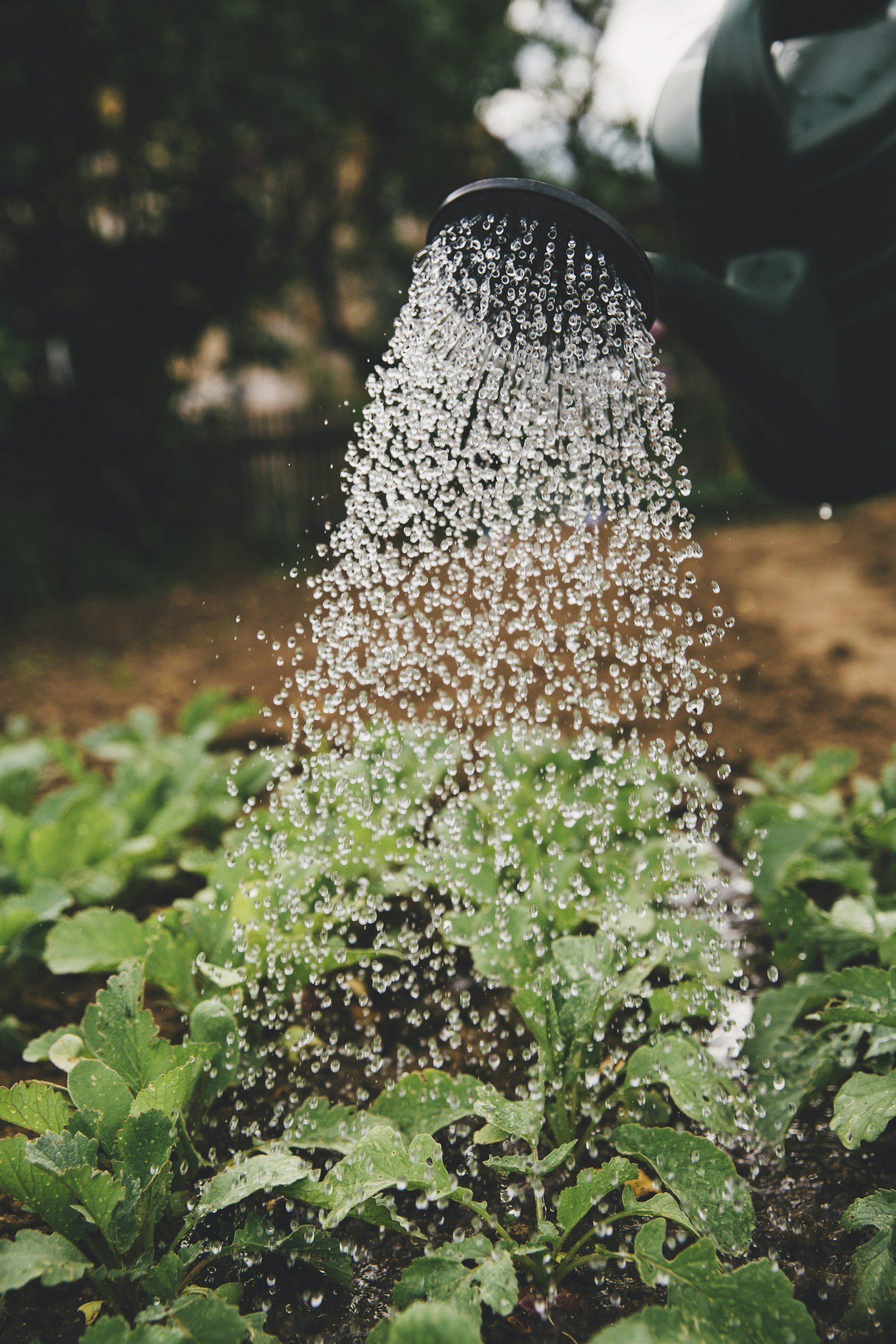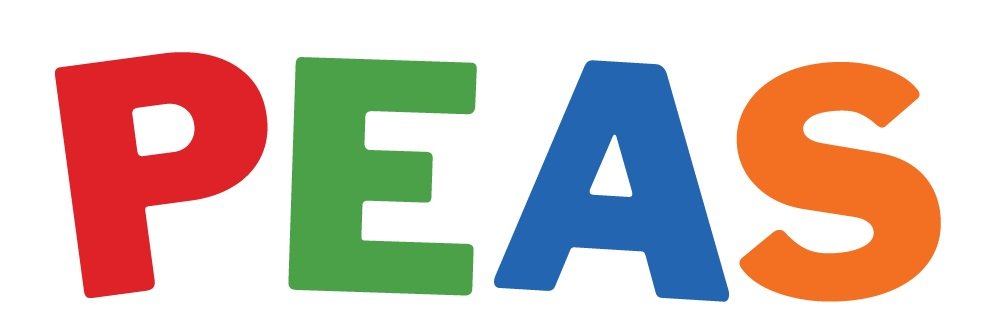
PEAS classrooms are encouraged to participate in gardening and other Farm to ECE learning experiences. Children can learn science, math, literacy, and social-emotional skills through practical, hands-on activities that engage their natural curiosity, like gardening. Even if you are initially apprehensive, introducing gardening to young children can be a rewarding experience for you, too! Use the resources below to get started!
Want to start a garden for your classroom? Check out these tips for getting started!
Start Small
Begin with a simple project, such as growing herbs in small pots or planting easy-to-grow vegetables like radishes or lettuce. This manageable approach will help you gain confidence and experience without becoming overwhelmed.
Use Containers
If you're concerned about space or the feasibility of an entire garden, container gardening can be an excellent alternative. Containers can be moved easily, don't require a lot of space, and can be tailored to fit on windowsills or small patios.
Involve the Children
Make gardening a class activity where every child has a role. Assign tasks like watering, planting seeds, or monitoring growth. This reduces your workload and enhances the children’s learning experience through active participation.
Educate Yourself and Your Class
Spend a little time learning the basics of gardening. Utilize children’s books or educational videos as resources for yourself and as teaching tools to engage the children. This preparation will make you feel more comfortable and prepared.
Integrate into Curriculum
Incorporate gardening into the curriculum by linking it to nature, food, and science lessons. Discuss the life cycle of plants, the importance of healthy eating, and how weather affects growth. The More PEAS Please! and PEAS on My Plate learning resources are a great place to start!
Use Local Extension Resources
Reach out to your local extension team for support! PEAS is an NC State Extension program! We can help connect you with local partners who would be happy to offer advice or assistance. If your program qualifies, we may even be able to help set up your garden and/or provide funding to purchase gardening supplies, seeds, and classroom learning resources.
Keep a Garden Journal
Document your gardening project with the children. Take photos, draw pictures, and make notes of what plants you’re growing and any observations the children make. This is an excellent educational tool and a keepsake showing progress and successes over time. You can use the PEAS Science Journal sheets and Documentation/Prediction Panels as tools!
Be Patient and Flexible
Gardening is unpredictable. Plants might not grow as expected, or you may encounter challenges like pests or weather changes. Use these as learning opportunities rather than setbacks. Show the children how to adapt and manage expectations.
Celebrate Every Success
Every bit of growth is a success in the garden! Celebrate when seeds sprout, when flowers bloom, and when you harvest vegetables. This positivity will help you and your students feel excited about gardening.
Connect with Nature
Remember, gardening is a chance to connect with nature. Enjoy the process of learning and growing with your students. It’s a valuable opportunity to step outside the traditional classroom setting and enjoy the sensory experiences of nature.
By following these tips, you can confidently develop their gardening programs and create enriching, educational, and enjoyable experiences for the children and families you serve!


